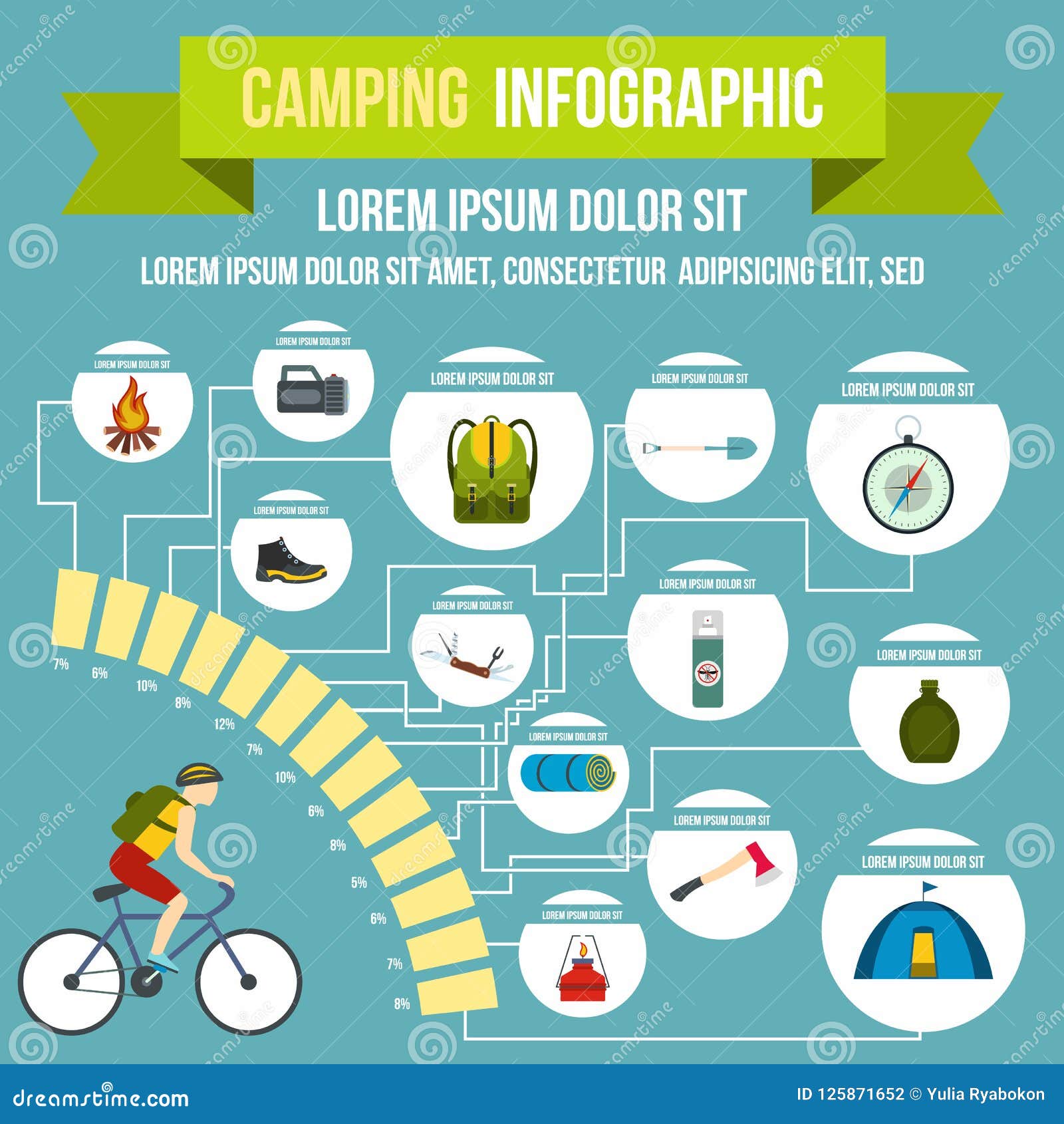Rain flies are a necessary device for wall tents. They enhance the capability of an outdoor tents to shield campers from severe weather conditions while offering added comfort and durability.
Normal cleaning of a rainfall fly keeps mud, mold, and debris from damaging it. Also, making certain the appropriate stress of a rainfly prevents it from drooping and allowing water to gather below.
Weather Condition Resistant Products
The material utilized in construction jobs can influence the longevity and toughness of the project. Selecting weather-resistant products helps reduce upkeep costs and conserves resources for future repair work and replacement.
Wood might not be the first material that enters your mind when talking about weather resistance, yet it is highly resilient when appropriately treated with chemicals. Cedar, redwood, and teak are examples of naturally rot-resistant woods used to make a variety of exterior furniture and structures.
High-performance canvas wall outdoors tents are created to withstand dampness and maintain campers comfortable. It is necessary to tidy canvas and outdoors tents frequently to eliminate dust, mud, and dust. It is additionally important to rinse any deposit from the canvas tent prior to storing it away for use. Avoid utilizing bleach, as it ruins the water-resistance therapy and makes the tent much more prone to leak. Conversely, a soft brush and a hose pipe can be utilized to completely scrub the canvas outdoor tents and wash it off with water up until it is totally filled.
UV Direct exposure
Unless a tent is made from UV-resistant material, long term direct exposure to sunlight will cause it to deteriorate. This holds true of all materials, yet it's particularly pronounced for camping tents and canvas structures as a result of just how much they're made use of in exterior setups. UV radiation can cause dyes to break down, leading to a loss of color vibrancy.
A rainfly protects wall camping tents from these damaging UV rays by mirroring them prior to they can pass through the framework and reach your skin. It's important to choose a rainfly with a UPF rating of 50 or higher to obtain optimum UV defense.
A rainfly additionally aids manage the temperature level inside a camping tent depending upon the period. A lighter rainfly can keep camping tents from taking in excessive warm in the summer, while a heavier rain fly can aid protect against warmth from running away the outdoor tents throughout chillier months. In either case, these additional layers of insulation can significantly extend an outdoor tents's life-span.
Dampness Damage
Canvas tents are fairly durable and can last 15-30 years with attentive treatment, however even the most high-performance canvas is not unsusceptible rainstorms. A rain fly or fly sheet adds a layer of defense for the roof covering tent durability of your canvas camping tent and assists prevent dampness damages.
Condensation, mold, and mildew are not just unattractive, but they can additionally ruin the structural integrity of your canvas outdoor tents. Stopping these problems is not difficult, yet it needs meticulous treatment and interest to detail.
Make it a behavior to check your tent in the early morning and eliminate any all-natural condensation, dew, or snow that has accumulated externally. Afterward, make certain to spread your camping tent out in an open area and make use of a soft brush to scrub away any type of mold and mildew and mildew that has developed. Once you have actually eliminated the influenced locations, re-treat the tent with a mold and mildew killer remedy and rinse it extensively to avoid any kind of future invasions.
Moisture Accumulation
While normal, condensation can harm materials if left untreated. Thankfully, aggressive techniques like cleaning surfaces and airing out outdoors tents reduce condensation' influence.
Camping tent textile, climate problems and usage patterns add to condensation degrees. Sailcloth, for example, stands up to water vapor evaporation and often tends to present beaded droplets quicker than polyester or nylon options. Comprehending this difference notifies just how camping tent proprietors handle condensation.
Occupant's exhaled breath and damp clothes and tools spike humidity degrees. A lack of air flow strategies permits moisture to condense when cozy interior air satisfies cooler surface area temperatures. This cycle intensifies on humid evenings or when a tent is placed in reduced spots. Evaluating and wiping camping tent surface areas right away after cooling down urges moisture to spread before harmful fabrics or developing mold and mildew. Localized air flow, such as routing a fan towards joints, further help the process. Acknowledging one of the most susceptible locations of an outdoor tents, like high ridges and corners, assists campers streamline their wetness monitoring routines.
